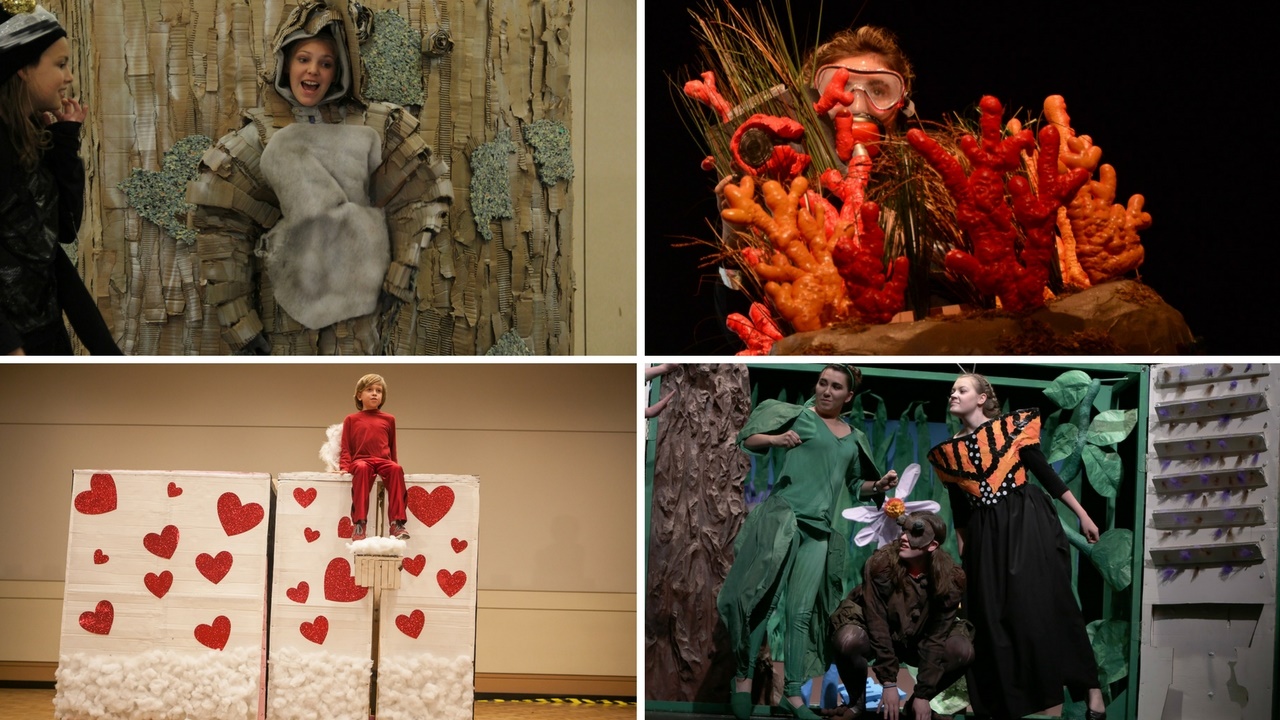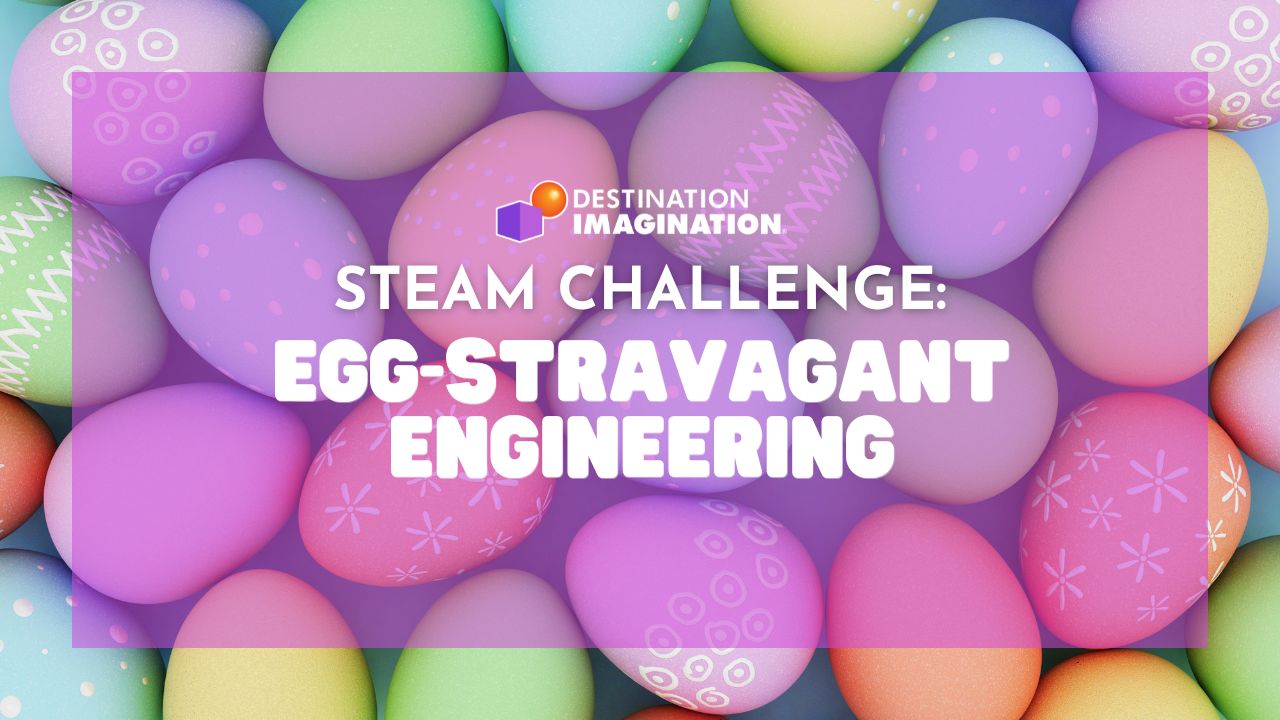By: Noam Eshed, DI Alumna
It’s no secret that to get to Global Finals and succeed, your team needs to go above and beyond. You also know that’s much easier said than done. Here are some tips and suggestions to help improve your Challenge solution and unleash your creativity.
Think Outside Your Box
Your Challenge box, that is! One of the key elements of a successful team’s solution is the integration of STEM and the arts. Incorporating technology or scientific research in your team’s Fine Arts performance, for instance, or incredible artwork into your Technical solution can really make your solution go above and beyond the Challenge requirements. This has many benefits besides helping your team stand out to the Appraisers since it takes a well-rounded solution to take your team to the next level. Combining aspects of multiple Challenges is also a great way to compromise when deciding on a Challenge to solve.
Build aesthetic props and scenery with technical components to create that “wow” factor, and also as a learning opportunity for your team. Many teams avoid the Technical Challenge because they feel that technology is their weak point, or avoid the Fine Arts Challenge because they are more technical-oriented than artistic. Combining STEM with the arts will push your team outside their comfort zone and is a great opportunity to take risks and learn something new!
Integrate
Don’t worry, I’m not talking about calculus! Making sure that all aspects of your Challenge solution fit together will help your team create a strong, cohesive solution. Incorporating STEM and the arts is a great way to do this. But how, specifically, can you integrate the different aspects of your Challenge?
When you’re brainstorming for your solution, you can have your team come up with one general, overall setting to keep in mind during the rest of the problem-solving process. For instance, if your setting is King Arthur’s England, ask your team questions like “How would characters in this time period speak and dress? What did the architecture look like at the time? What materials and technology were available during that time period?” and incorporate the answers to those questions into your team’s solution. Of course, this doesn’t mean that you can’t integrate something new and unusual into a setting everyone is familiar with. If your team decides that King Arthur should have a time machine, great! Juxtaposing a strong setting with an out-of-place character or prop will enhance that element of your solution, so feel free to mix and match.
Besides ensuring that your props, scenery, and skit all fit into a common setting, create some interaction between your scoring items. Add dialogue in your skit about your props and scenery, especially about scoring items such as technical props and Team Choice Elements, and make sure that team members interact with them in the performance.
Build Smart
Be consistent in how you utilize the entire stage space. In many cases, your performance space in the tournament is much larger than the minimum space required by the Challenge. This can cause props, performers, and scenery to look far too small and underwhelming when presenting your solution. There are two main approaches to effectively filling this space.
The first approach is to build BIG; make the most of the space that you have by building props or scenery that fill out the area given in the tournament data sheet. Whether or not the Appraisers allow your team to spread out beyond the bounds put in place in the Challenge, your props and scenery will bring together the entire solution into one cohesive piece.
A second approach is to build small; use minimalist scenery to represent your setting through suggestion rather than direct representation. This can be difficult to do, but yields a very sleek solution that is well put together.
Both approaches work, and each has its own merits. The one you choose should be largely influenced by the overall tone of your skit and based on its ability to be integrated with your skit elements. The main thing to avoid is undersized literal representations of objects and scenes as well as inconsistencies in scale and degree of abstraction.
Think BIG and Small
It’s easy to get caught up in the finer details of your solution when your team is beginning the problem-solving process. Thinking big-picture ideas before focusing on the “how-to” of each aspect will also help create a cohesive solution. It’s important to be detail-oriented in your props, scenery and your skit, but remember that you can only focus on the little things once your team has a clear big picture. Once you do, add subtleties to your skit through creative writing, including metaphors, symbolism, and puns (everyone’s favorite!). Symbolism will help create depth in your performance, building multiple layers of meaning and complexity. Incorporate this symbolism into your props and scenery as well, and remember that not everything your team wishes to portray has to be said outright.
On the other hand, you may be worried that the subtleties in your team’s performance go unnoticed – this is where the Tournament Data Form comes in! When describing your solution, describe the symbolism in your team’s solution to the Appraisers, which will allow them to appreciate it in the performance. It is crucial to fill out the Tournament Data Form carefully before the tournament – this is the first impression your team makes on the Appraisers!
Take these tips into account when solving your Challenge to create a strong solution that will WOW the Appraisers and audience. Good luck to all teams competing this season, and make sure above all to have a great TIME!






